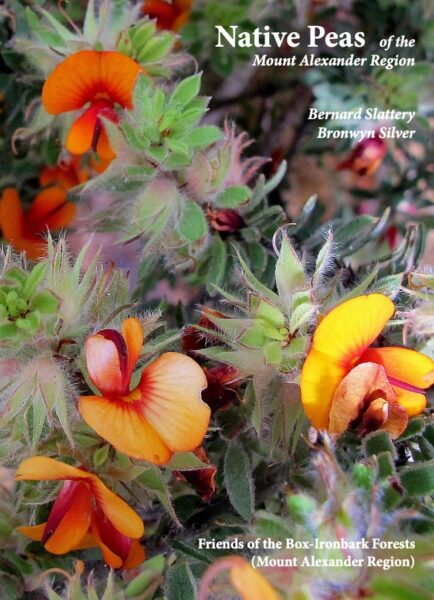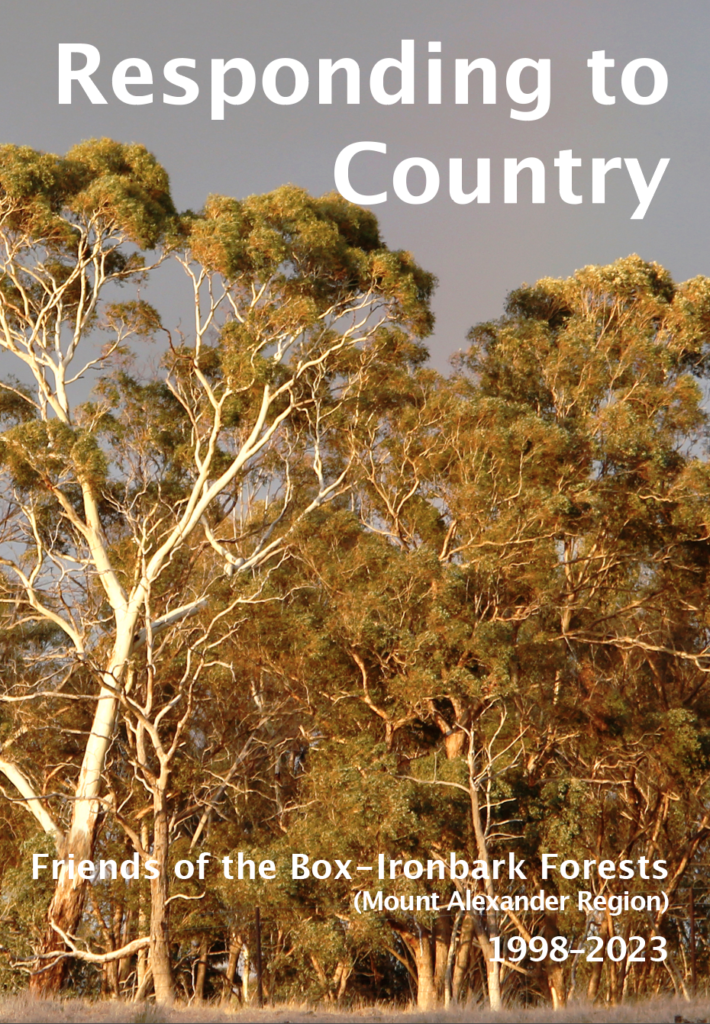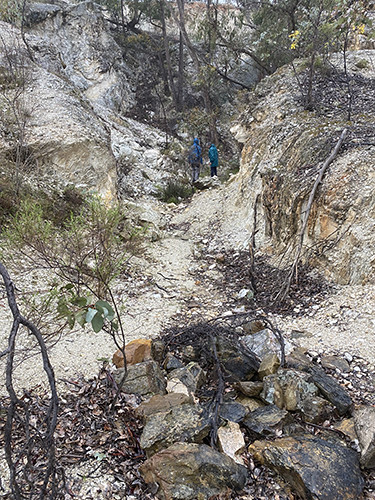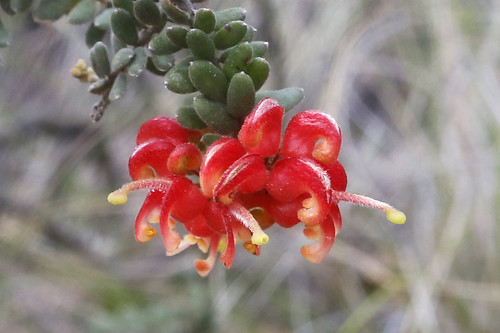If you love your local forest, you’ve probably watched planned burns creep closer and wondered: are all of these really necessary?
Victoria’s 2025 Code of Practice for Bushfire Management on Public Land sets clear rules for how burns are planned and delivered. When you turn up with Code-based questions and ask to see the documents behind a burn, you can influence what happens on the ground.
The Fuel Paradox
Research in Australian eucalypt forests shows ‘fuel’ can regrow remarkably fast after burns. In some forest types, ‘fuels’ have been measured at above pre-fire levels within 5 years. So, are we really reducing risk, or creating a cycle where vigorous regrowth demands more burning, which stimulates yet more regrowth?
Some ecosystems genuinely need fire, and some burns clearly reduce risk. The point is not to stop all burning, but to ask whether each proposed burn is necessary, and whether it’s planned in a way that protects both communities and forests.
A Four-Part Checklist
When a burn is announced for your area and you have concerns, you can use this Code-based checklist to guide your questions and document requests.
- Check the Burn Is Really Needed
- Ask for the Fuel Treatment Delivery Plan, in writing.
Every planned burn should have one. It should spell out the burn area, objectives, conditions and safeguards, including specific actions to protect environmental values. If it isn’t ready to share, the burn isn’t ready to proceed. - Ask for an alternatives analysis.
The Code recognises non-fire options such as slashing, mulching and fuel breaks. Don’t accept “standard practice” as the answer. Ask what options were considered and why fire was chosen over lower-impact tools. - Ask them to go beyond a single fuel score.
The common field tool, Overall Fuel Hazard, is a quick visual look at fine fuels and how they affect fire behaviour. It’s useful for fire control, but it’s not a biodiversity assessment. Ask what ecological evidence they’ve used in addition to the fuel score. - Raise the modelling gap.
The state’s own reports indicate that current risk models can’t fully count the benefits of many non-burn works (like slashing or debris removal), so those ‘invisible’ works may not appear in the numbers. Ask decision-makers to show how they’ve considered these unmodelled benefits and local knowledge, not just the model output.
- Check the Place Matches Its Zone
Victoria uses four main fire management zone types, each with a different purpose. Ask for the current zone map overlay for the exact burn footprint (DEECA maintains this spatial layer).
Request a clear map you can review, then test the fit:
- Asset Protection (near towns and critical assets): Ask whether non-fire tools have been fully considered, especially where habitat at the edge is sensitive. The Code allows cooler, more targeted treatments here.
- Bushfire Moderation: Ask how the burn balances moderating bushfire spread with the ecological fire needs of that vegetation type.
- Landscape Management: Ask for clear ecological objectives, not just “reduce fuels”. This zone is meant to support ecological outcomes as well as risk reduction.
- Planned Burn Exclusion: By definition, this zone is for non-burn works only. If part of the proposed burn falls in an exclusion area, point out the conflict and ask for the proposal to be changed.
- Confirm the Prerequisite Research Has Been Done
Values assessments are undertaken at each planning tier. That means identifying environmental and cultural values, the risks to them, and the measures to avoid or reduce harm (should be included in the Fuel Treatment Delivery Plan). Ask for:
- A values assessment package, including: threatened species checks and known habitat features (eg hollow-bearing trees, large logs), and how waterways and catchments will be protected.
- Ecological fire logic (in plain English): the current status against tolerable fire interval (how often this vegetation can be burned without long-term damage), the current growth-stage diversity (whether the landscape has a mix of young, middle-aged and old forest, or is dominated by one age class), and a clear justification for how the burn is expected to improve, not degrade, those metrics in this vegetation type.
- Refuges and mosaic plan: maps showing refuge areas that will be deliberately left unburnt to protect plants and animals, and a description of ignition patterns designed to achieve patchiness rather than a uniform, high-intensity burn.
- If It Proceeds, How Will It Be Done?
If the burn goes ahead, focus on how it happens. Even a justified burn can be done well or badly. Use your questions to improve how it’s carried out. Ask for:
- Cool, patchy conditions: a narrow weather window to protect soil, canopies and habitat trees, and a minimum proportion of unburnt pockets, to be mapped afterwards.
- Cultural fire and joint monitoring: whether Traditional Owners are involved and how outcomes will be reported.
- Public reporting and after-action review: a post-burn report against the delivery plan – risk and ecology – including updated maps of refuges that survived the fire.
Your Meeting Kit
When you contact the agency or attend a consultation, these are useful documents to request up front:
- Fuel Treatment Delivery Plan
- Zone overlay for the exact footprint
- Values assessment and refuge map
And here are three key questions to ask:
- What non-fire options were considered, and why were they rejected here?
- What environmental values have you identified in this burn area, and what specific measures will you use to protect them?
- What ecological evidence, beyond a visual fuel score, shows this burn will improve habitat condition?
If you can’t attend a meeting, email these questions and ask for written responses. Sign up for planned-burn notifications and explore the online program map so you can target your feedback.
Why Your Questions Matter
The Code requires risk-based priorities, evidence-based decisions and consideration of alternatives. On the ground, hectare delivery can still create pressure to burn. Clear, Code-backed questions help shift practice toward kinder treatments near sensitive habitats, stronger ecological safeguards and burns that are necessary, not just routine.
Start Today
- This week: Check what burns are planned for your area via the state planned-burn map or call 136 186.
- At the next consultation: Use this checklist, ask for the documents, and keep notes.
- This month: Write to your MP asking how local burn programs meet the Code’s risk-based, evidence-driven requirements.
You don’t need to be an expert. You just need a few clear questions: Is this burn really necessary? What evidence supports it? Does it follow the Code?
Our forests deserve thoughtful management, not automatic burning programs. The Code provides the framework, and we can make sure it’s followed. Asking whether a burn is necessary isn’t opposing fire management, it’s insisting on good fire management.


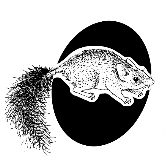

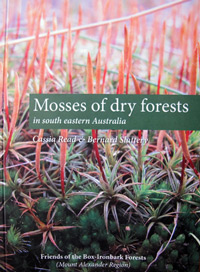 Click on image for info/order page
Click on image for info/order page Click on image for info/order page
Click on image for info/order page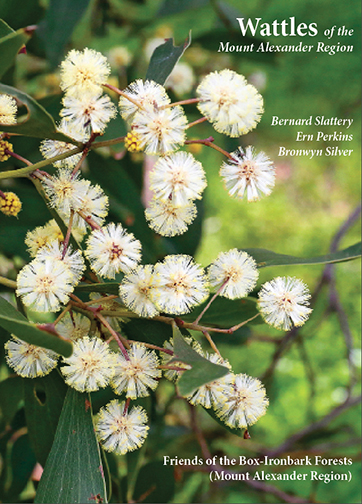 Click on image for info/order page
Click on image for info/order page